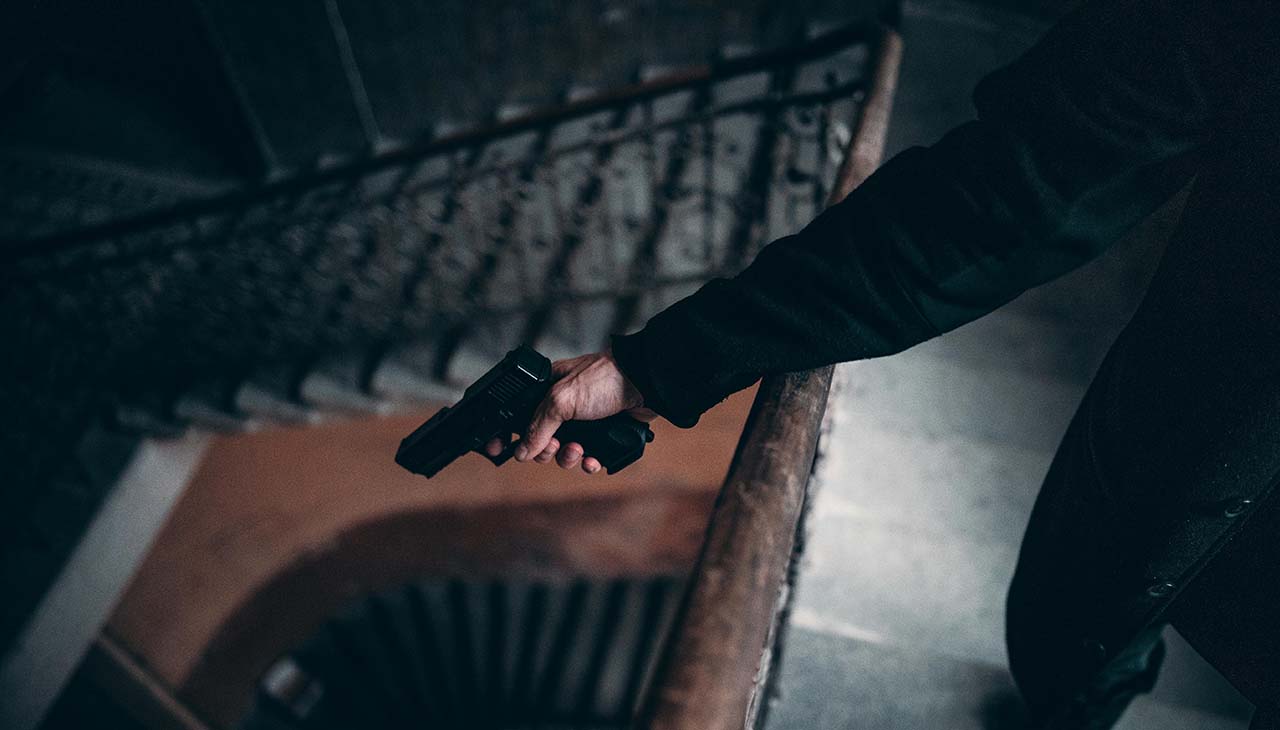Choosing the right firearm is essential for safety, accuracy, and overall enjoyment. Whether you’re a hunter, a gun enthusiast, or a first-time buyer, finding the right fit can make all the difference. This guide will help you understand the various aspects to consider when selecting a firearm tailored to your specific needs.
Identifying Your Needs
Hunting
Hunters require firearms that offer precision and power. The type of game you intend to hunt will largely determine your choice. For instance, you might need a powerful rifle for big game or a shotgun for birds and small animals.
Personal Defense
For personal defense, ease of use and reliability are key. Handguns are often preferred due to their compact size and portability. It’s important to choose a firearm that you can handle confidently in high-stress situations.
Recreational Shooting
Recreational shooting, including target practice and competitive shooting, demands a firearm that balances accuracy with comfort. Rifles and handguns are popular choices, depending on the type of shooting you enjoy.
Types of Firearms
Handguns
Handguns are versatile and suitable for personal defense, recreational shooting, and even some types of hunting. They are compact, easy to carry, and come in various calibers and styles, such as revolvers and semi-automatic pistols.
Rifles
Rifles are ideal for hunting and long-range shooting. They offer superior accuracy and power, making them suitable for big game hunting and precision shooting sports. Popular types include bolt-action, lever-action, and semi-automatic rifles.
Shotguns
Shotguns are incredibly versatile, used for hunting birds and small game, as well as for home defense. They are known for their wide shot spread, which makes hitting a moving target easier. Common types include pump-action, break-action, and semi-automatic shotguns.
Key Features to Consider
Caliber
The caliber of a firearm refers to the diameter of the barrel and the size of the ammunition it uses. Larger calibers offer more stopping power but can be harder to handle. Smaller calibers are easier to control but may lack the power needed for certain applications.
Action Type
The action type determines how a firearm is loaded, fired, and unloaded. Common action types include bolt-action, lever-action, pump-action, and semi-automatic. Each has its own advantages and is suited to different uses.
Ergonomics
Ergonomics play a crucial role in how comfortable and effective a firearm is to use. Consider factors like grip size, weight, and balance. A firearm that fits well in your hands and feels balanced will be easier to control and more enjoyable to shoot.
Accessories
Accessories can enhance the functionality of your firearm. Scopes, sights, and grips can improve accuracy and handling. Make sure to choose a firearm that is compatible with the accessories you plan to use.
Legal and Safety Considerations
Firearm Laws
Understanding local firearm laws is essential. Regulations vary widely and can affect everything from the type of firearms you can own to where you can carry them. Make sure you are fully informed about the laws in your area.
Safety Measures
Safety is paramount when it comes to firearms. Always follow basic safety rules, such as keeping the firearm pointed in a safe direction, knowing your target and what lies beyond it, and keeping your finger off the trigger until ready to shoot. Consider taking a firearms safety course to familiarize yourself with best practices.
Budgeting and Long-Term Costs
Initial Purchase Price
The initial cost of a firearm can vary greatly. Handguns can range from a few hundred to several thousand dollars, while rifles and shotguns can also span a wide price range. Set a budget that aligns with your needs and financial situation.
Maintenance
Firearms require regular maintenance to ensure they function properly and last longer. Consider the cost of cleaning supplies, replacement parts, and professional servicing when budgeting.
Ammunition
Ammunition costs can add up quickly, especially if you plan to shoot frequently. Different calibers have varying prices, so factor this into your overall budget.
Training
Investing in training is crucial for safety and proficiency. Costs can include range fees, professional instruction, and membership in shooting clubs. Make sure to allocate funds for ongoing training and practice.
Making the Decision
Evaluate Your Options
Start by researching different types of firearms and their features. Read reviews, watch videos, and visit forums to gather as much information as possible. Narrow down your choices based on your identified needs.
Try Before You Buy
If possible, try out different firearms before making a purchase. Many shooting ranges offer rental options, allowing you to test various models and calibers. This hands-on experience can be invaluable in making an informed decision.
Consult Experts
Don’t hesitate to seek advice from knowledgeable sources. Gun store employees, experienced shooters, and firearms instructors can provide valuable insights and recommendations based on your specific needs and preferences.
Conclusion
Choosing the right firearm is a significant decision that requires careful consideration of your needs, preferences, and budget. By understanding the different types of firearms, key features, legal and safety considerations, and long-term costs, you can make an informed choice that enhances your shooting experience. Remember to continue learning and practicing to ensure responsible and enjoyable firearm ownership.
For further guidance or personalized recommendations, consider speaking with an expert or joining a community of fellow enthusiasts. Happy shooting!
